| Title | Strike With the Beat |
|---|---|
| Director | Sai Kyaw Khaing |
| Country | Myanmar |
| Year of Production | 2021 |
| VDP Selection Year | Death/Life-2021 |
| Screen Time | 25min |
| Language | Burmese |
| Subtitles | English/Japanese |
| Tags | Demonstration, Student Movement, Civic Society, Instrument, Military Regime |
Overview
Strike with the Beat bears witness to cold blooded killings in the wake of the coup d’état by the Burmese military when they seized power. This documentary provides a bare account of how civil society rose to protest and focuses on one group called “Drum Revolution” who unified and came out against the military Junta. It provides a critical on the ground overview of the turmoil that struck Yangon and the whole country in early March, 2021.


Sai Kyaw Khaing
Director
Sai Kyaw Khaing was born in Shan State, Myanmar and has lived in Sydney, New South Wales. He studied for a diploma of photography at the Canberra Institute of Technology as well as studying at Screen 4 (Randwich TAFE). He also received a master of media art and production from the University of Technology in Sydney, Australia. Since 1995, he has worked in media with France 24 TV, ITN 4 UK, the Associated Press (AP), NHK, ABC, and DVB TV among others. Currently, he works as a freelance reporter, cameraman, documentary filmmaker, and Media Trainer in Myanmar.
Interview with the Director
What were your reasons for making your documentary?
How did come to focus on the topic in your documentary?
I became interested in making documentaries about human rights in my country and I have made many short films here. I made a film called Click in Fear which is about a Burmese photojournalist who witnessed the brutal crackdowns on protesters in 2007. This won the best short documentary award in Myanmar in 2012. This time in February 2021, the military seized power from the elected government. After the coup, young people came out and protested on the streets around the country. I went out with my camera every day during the peaceful demonstrations in Yangon. I decided to follow a group called “Drum Revolution” to relate the story of those young people who hunger for democracy. They demonstrated peacefully on the streets. However, the military was ordered to shoot protestors. Many were shot and arrested during demonstrations. Due to the junta’s brutal crackdown, many went underground. The main characters in my documentary have also joined an underground armed group. I know it would be good to follow them and film when they are on armed training, but due to security concerns this hasn’t been possible. The Burmese have been living under military rule since 1962. This documentary provides a window onto the struggles of a young Myanmar and how brutal Burmese soldiers are toward their own people. I made this film so that the international communities can see the brutality of the military junta.
Commentary from the Screening Committee Members
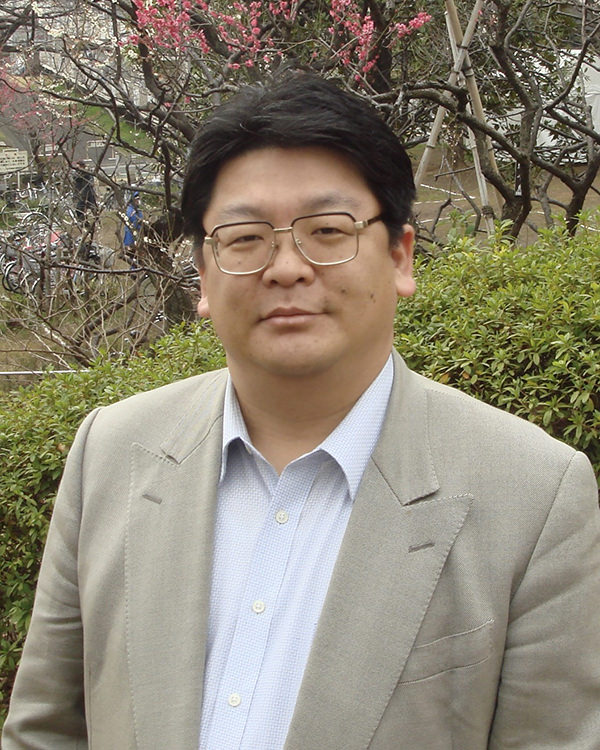
Hiroyuki Yamamoto
Associate Professor, Center for Southeast Asian Studies, Kyoto University, Malaysian Area Studies/Media Studies
This is a documentary film about the resistance against the coup, which took place in Myanmar in February 2021. Peace and democracy should be achieved, irrespective of national, regional distinctions or of the time, however, those words can occasionally obscure specific details of separate events. Art plays an important role in understanding that the present of each country or region is based on their own past experiences. This film follows the protest movement, while incorporating art in various ways to reframe the present by connecting it to past experiences and as such, this documentary itself is a form of resistance.
Related Films
-
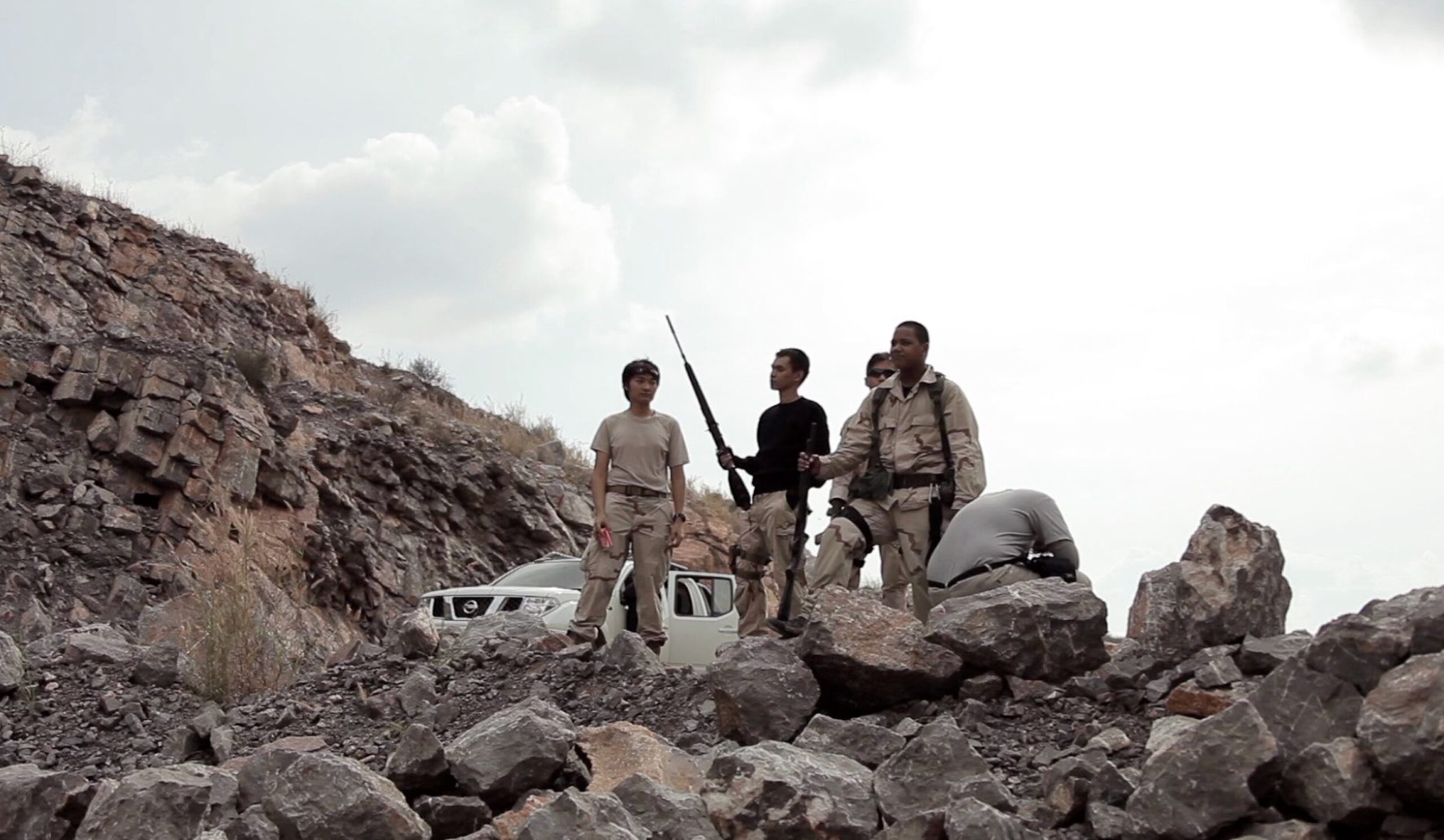
Cosplayer
This documentary delves into the little-known world of soldier cosplay subculture in Thailand. Presenting an intimate story of soldier cosplayers in Thai society, the documentary follows Jum, a man in his late twenties, who is passionate about soldier cosplay and explains how it came to be central in his life. Cosplayer provides a window on how manga, video games and movies are consumed in contemporary Thai society.- Country
- Thailand
- Director
- Yingsiwat Yamolyong
- Time
- 27min
-
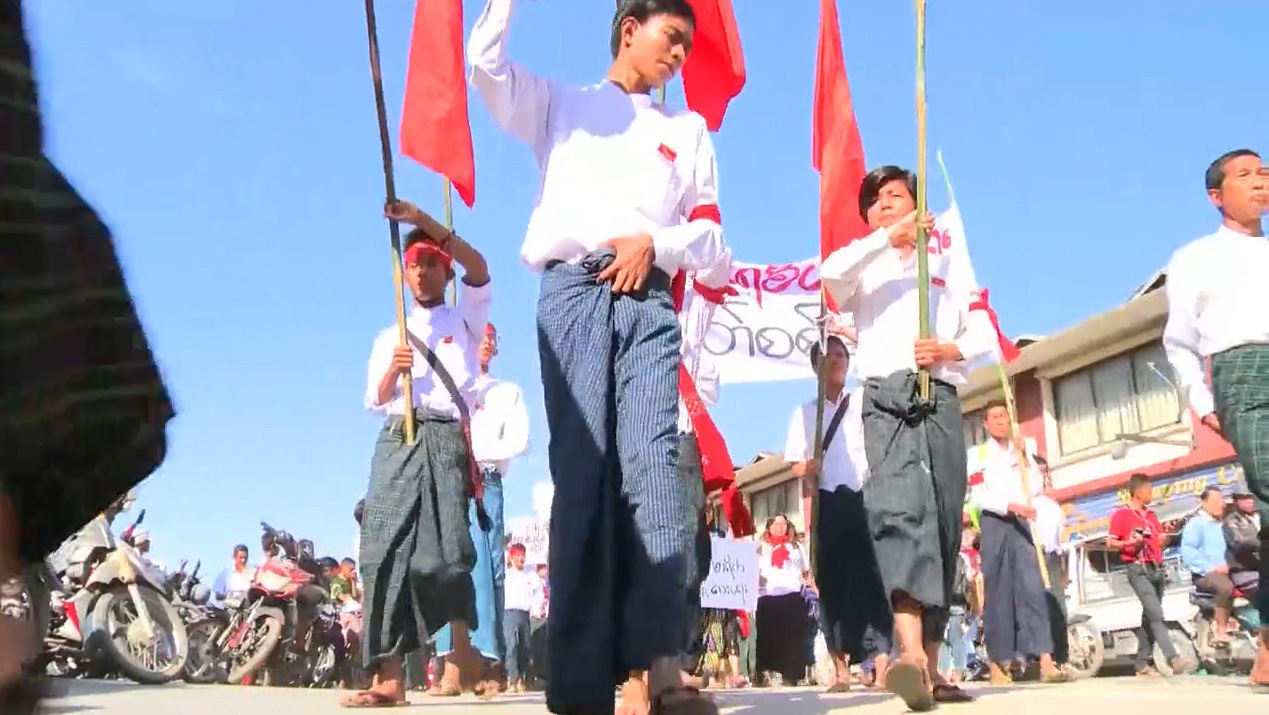
60 Days
On November 17, 2014, amidst the protests regarding the national educational law in Myanmar, a 60-day moratorium was announced by the students. This documentary explores the student protest through this interim, an important step in the country’s national education reform, including interviews with students who were actually involved.- Country
- Myanmar
- Director
- Htut Ye Kyaw, Sett Paing Aung, Pyay Maw Thein
- Time
- 31min
-
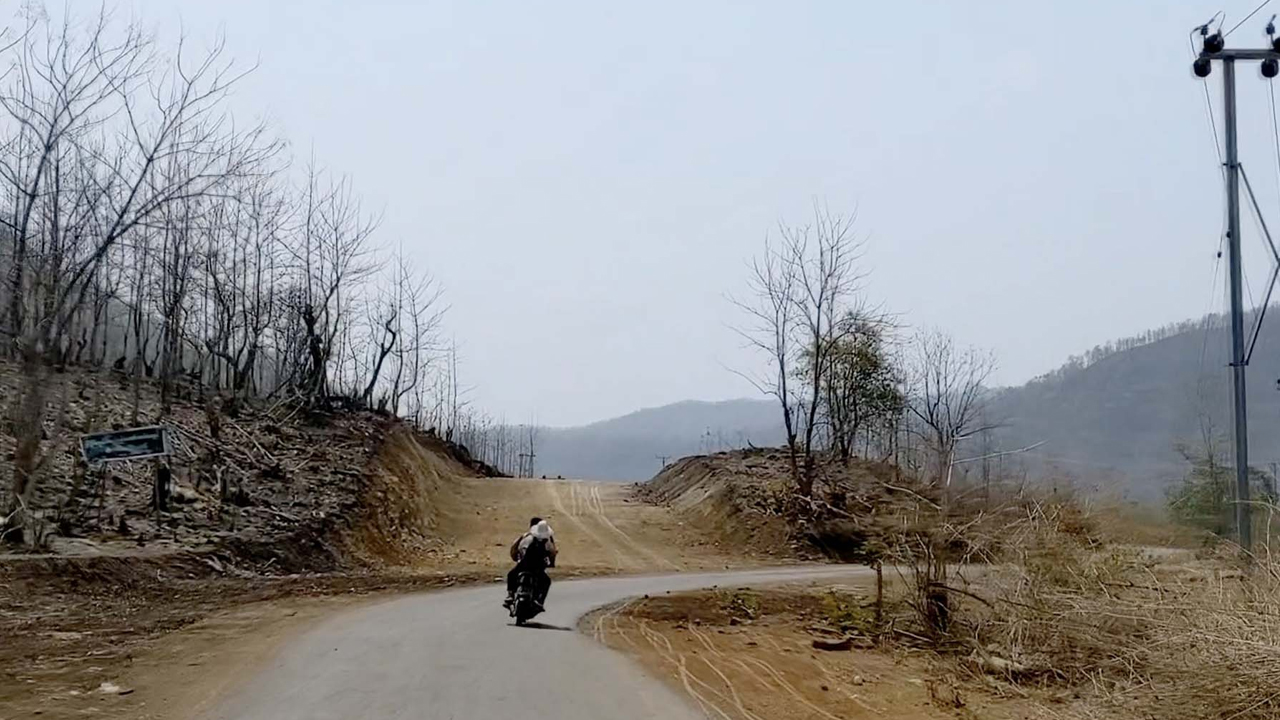
The Father I Knew
Thirty years ago, when she was a young child, Jenni’s father left his family to join the Burmese students fighting the military dictatorship. He was never to return. Now a grown woman with a family of her own, refugee worker Jenni retraces her revolutionary father’s final steps and considers the impact the country’s decades-long conflicts have had on her family and indeed a whole generation. This documentary is a sensitive portrayal of a daughter’s search for a lost father amidst the impact of the conflicts in the late 1980s.- Country
- Myanmar
- Director
- Aye Chan
- Time
- 14min
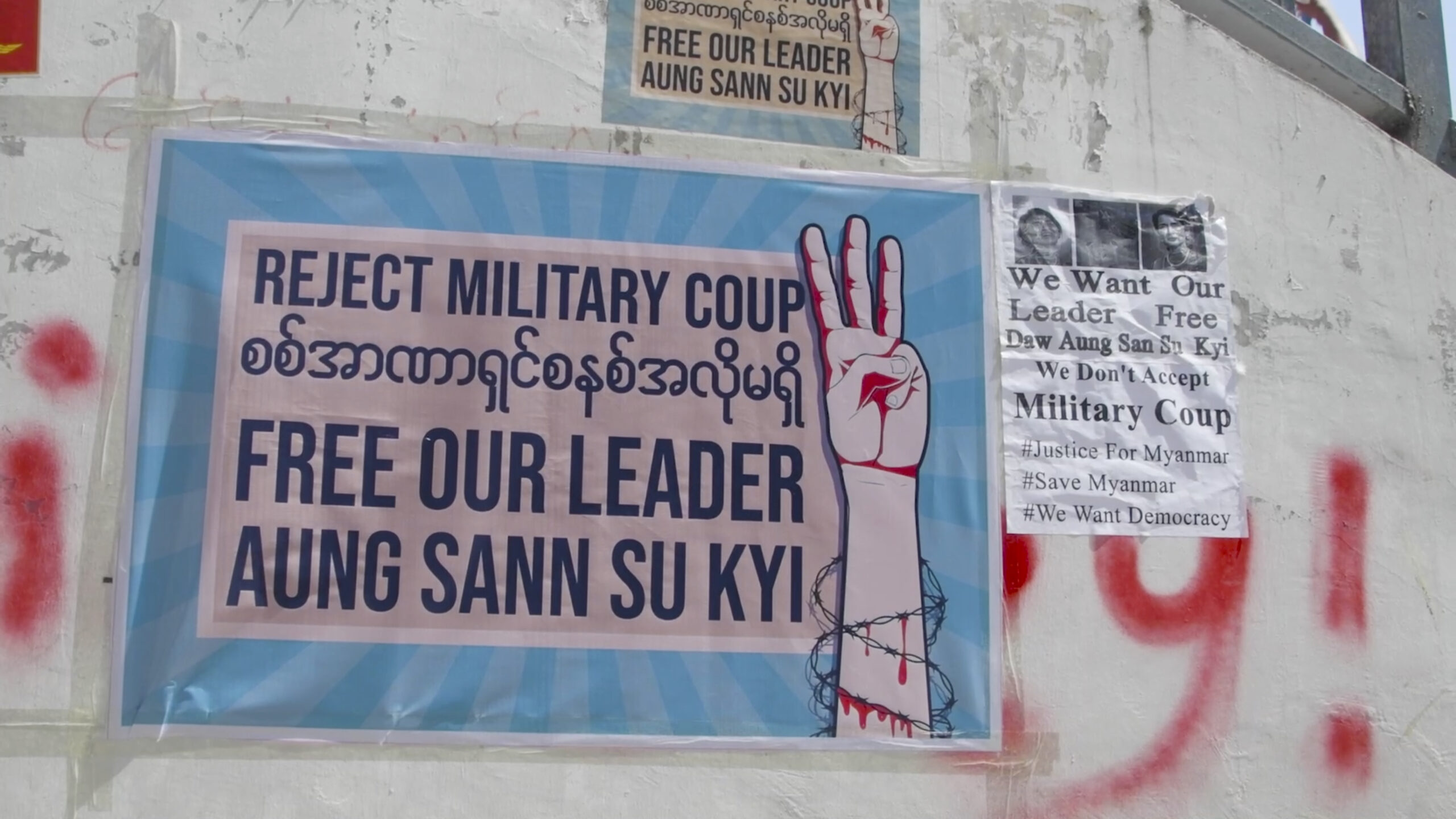
Makiko WAKAI
Yamagata International Documentary Film Festival New Asian Currents
To the beat of drums, the young people of the “Drum Revolution” brought together the emotions and voices of protesters on the streets. Artists and citizens joined the protest movement in whatever way they could. At the beginning of February 2021, protests against the military and the desire and determination for democracy were expressed in a proud and creative way culminating in an upheaval. What was a fleeting record of solidarity, when peaceful demonstrations were still possible, quickly became a smartphone record of increasingly violent attacks by the military and police, and resistance by citizens risking their lives. The protesters that the director had been following went underground, and at the end of the film, the names and photos of those killed are inscribed: the faces and voices of those who now cannot be seen.